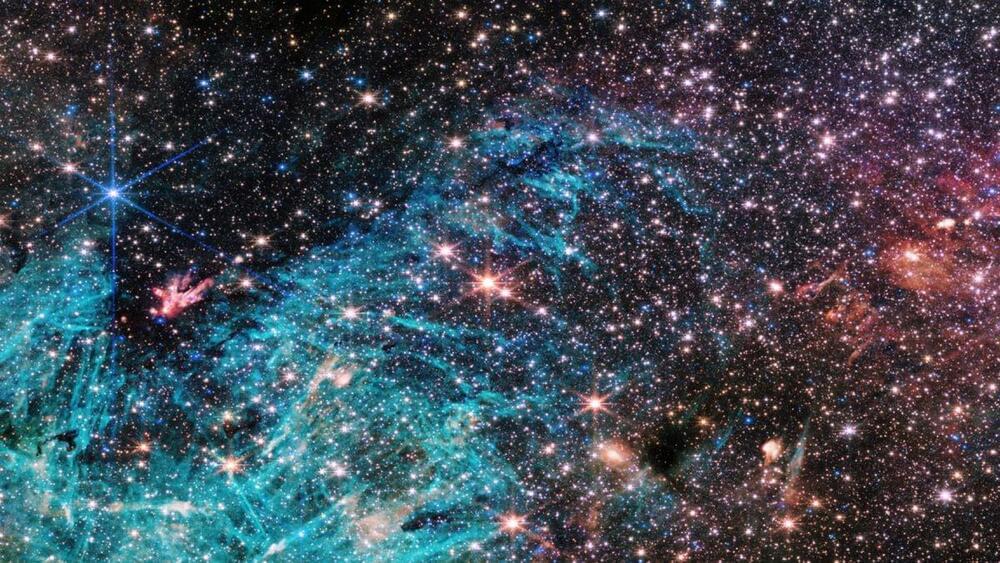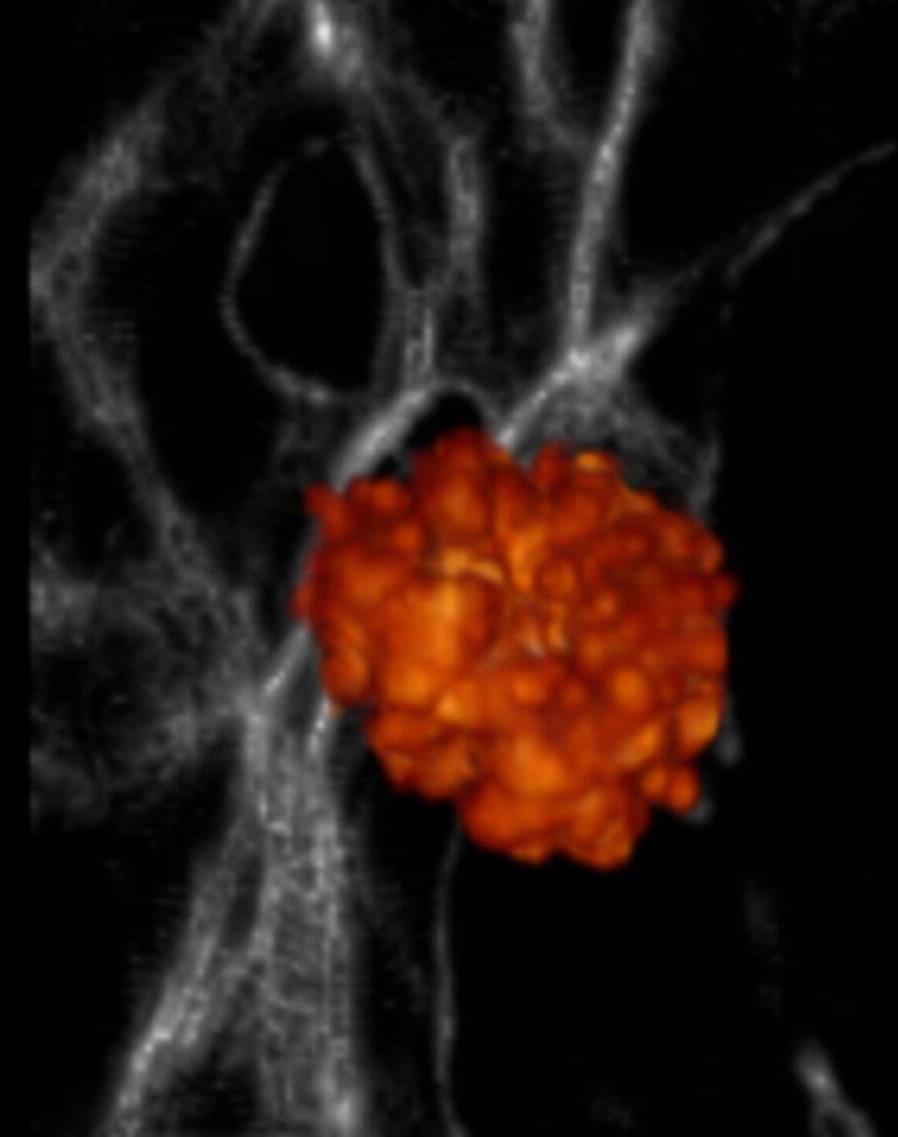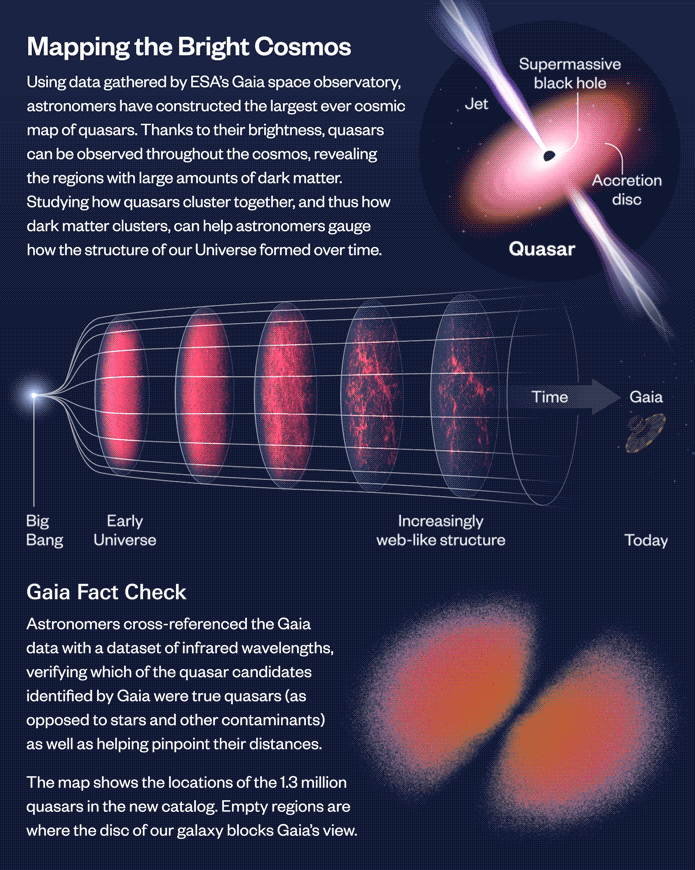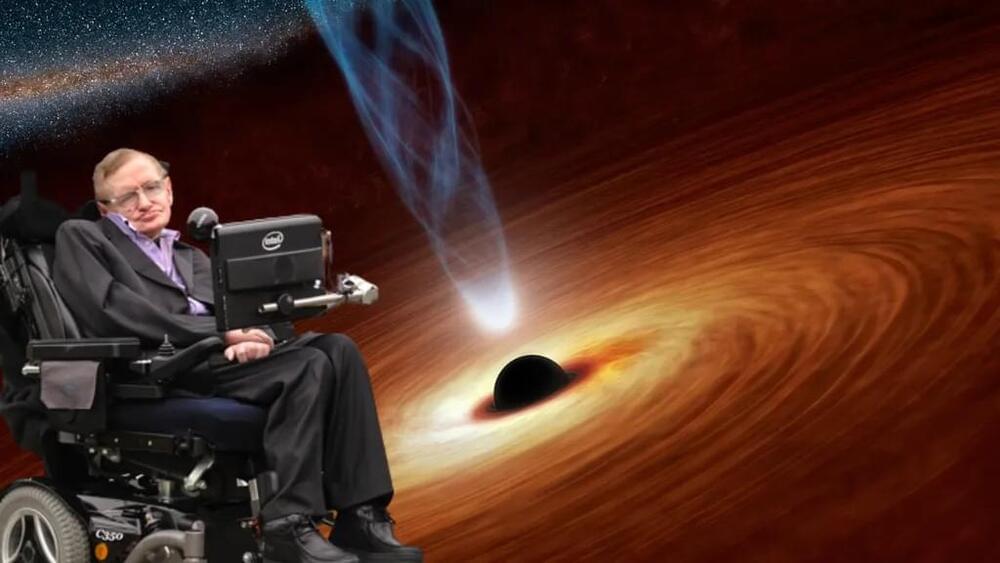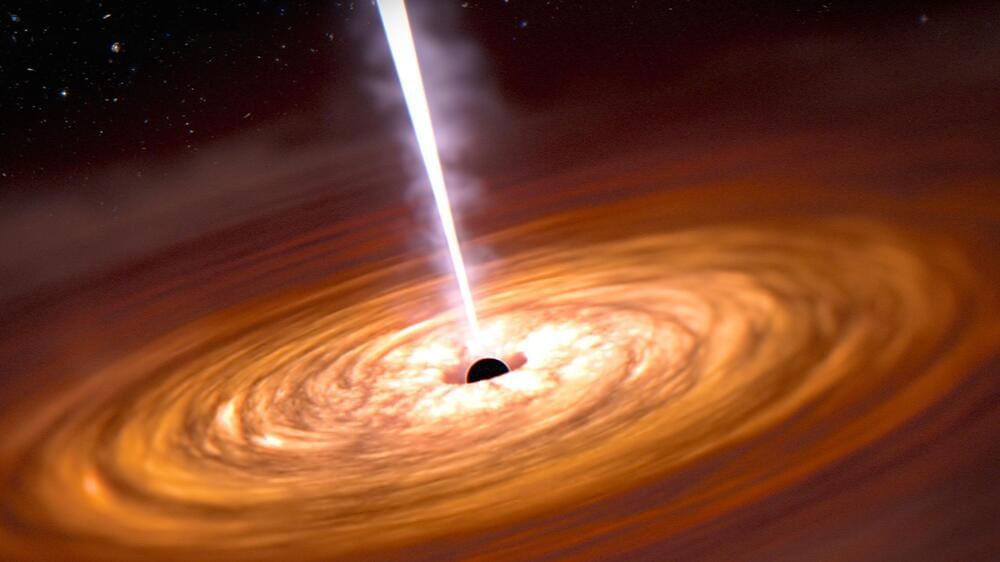Mar 21, 2024
What is emergent gravity, and will it rewrite physics?
Posted by Dan Breeden in categories: cosmology, evolution, physics
In Verlinde’s picture of emergent gravity, as soon as you enter low-density regions — basically, anything outside the solar system — gravity behaves differently than we would expect from Einstein’s theory of general relativity. At large scales, there is a natural inward pull to space itself, which forces matter to clump up more tightly than it otherwise would.
This idea was exciting because it allowed astronomers to find a way to test this new theory. Observers could take this new theory of gravity and put it in models of galaxy structure and evolution to find differences between it and models of dark matter.
Over the years, however, the experimental results have been mixed. Some early tests favored emergent gravity over dark matter when it came to the rotation rates of stars. But more recent observations haven’t found an advantage. And dark matter can also explain much more than galaxy rotation rates; tests within galaxy clusters have found emergent gravity coming up short.
